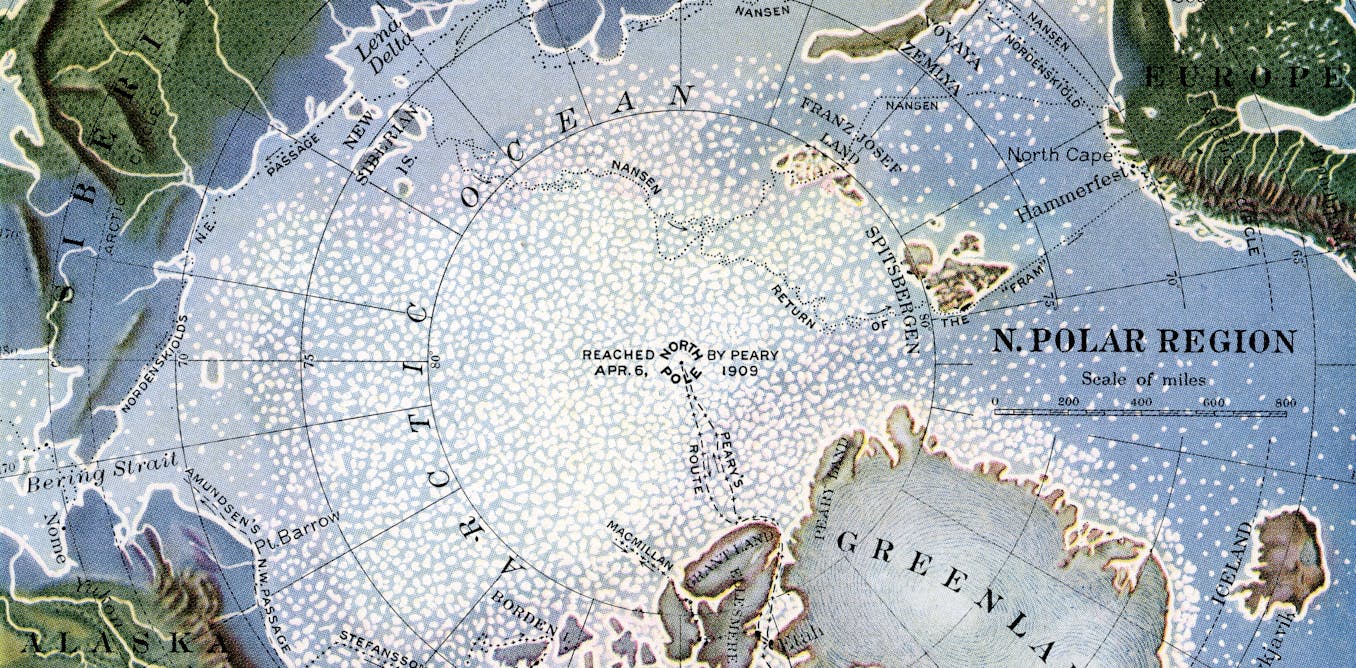
To understand what’s happening to the sea ice this year and why it’s a problem, let’s look back at the summer and into the Arctic Ocean itself.
The summer melt season in the Arctic started early.
A Siberian heat wave in June pushed air temperatures over 100 degrees Fahrenheit at Verkhoyansk, Russia, for the first time on record, and unusual heat extended over much of the Arctic for weeks.
The Arctic as a whole this past summer was at its warmest since at least 1979, when satellite measurements started providing data allowing for full coverage of the Arctic.
With that heat, large areas of sea ice melted out early, and that melting launched a feedback process: The loss of reflective sea ice exposed dark open ocean, which readily absorbs the sun’s heat, promoting even more ice melt.
Streams of warmer water from the Atlantic Ocean flow into the Arctic at the Barents Sea.
This warmer, saltier Atlantic water is usually fairly deep under the more buoyant Arctic water at the surface.
On the Atlantic side of the Arctic, open water this year extended to within 5 degrees of the North Pole.
For sea ice to build up again this year, the upper layer of the Arctic Ocean needs to lose the excess heat it picked up during summer.